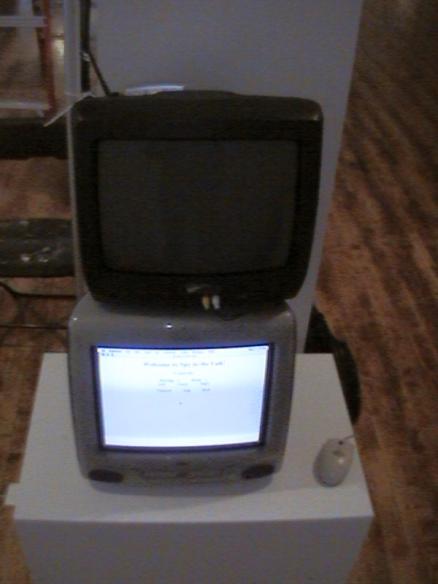physical computing
Other Cool Stuff
- Math
- max, min, contrain, randomSeed, random
- Time
- delay
- important for adding pauses
Tutorial 1: Data and Serial

Once the board is plugged in, hit reset on the board, then click the Upload to I/O icon on the Arduino interface. Once that's done, click the Serial Monitor icon to see the numbers move up and down. Now you're talking (to the Arduino!)
Digital Read/Write
- pinMode
- takes the pin to be determined
- takes the mode -> in or out
- MUST do this for most pins. Forgetting this will get you in trouble
Control structures
- if/else
- simple branching
- switch case
- more complicate branching
- for multiple cases
Data Types
- numbers
- byte 0 - 255
- space saving! use this when possible!
- int
- handy for negative numbers and most other uses bigger than a byte
Arduino Coding Session
Today, we will run through the basics of Arduino programming. To follow along, please go to the reference section of the Arduino site and step through the functions as we go.
Also, download the files below. They are the Arduino code examples we'll follow once we start making real circuits.
- Comments



- 23710 reads
YouTube, Your One Stop Shop For Bathroom Hacks
It's good to see that I have company. Here's my bathroom hack from fall of 2006, where I added audio triggered by the IR sensor on the 10th floor sink:
The best part was that I left a "record" button on the device underneath, so people could sample their own voices, music, sounds, whatever. Hence, audio graffiti.
- Mike's blog
- Comments
- Read more



- 6233 reads
Spy in the Lab
During the winter break of 2006-2007, Chris Hennelly and I spent a bunch of free time working on the Spy in the Lab project. The Spy was supposed to go to our friends at Tsinghua University and peek in on all the stuff they were doing. It didn't quite make it for that semester, but we got it working pretty close to 100% by the time we were done with break.
It was sitting in the 10 Years Running Show at the Chelsea Art Museum.

tags
Copyright Mike Edwards 2006-2009. All content available under the Creative Commons Attribution ShareAlike license, unless otherwise noted.


